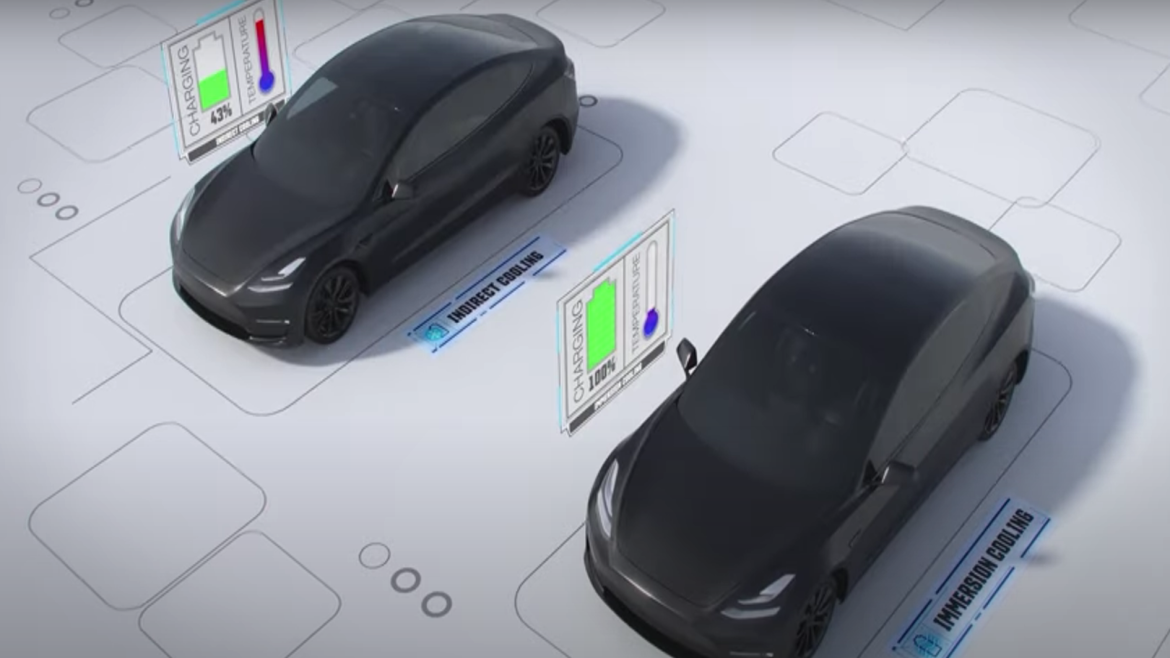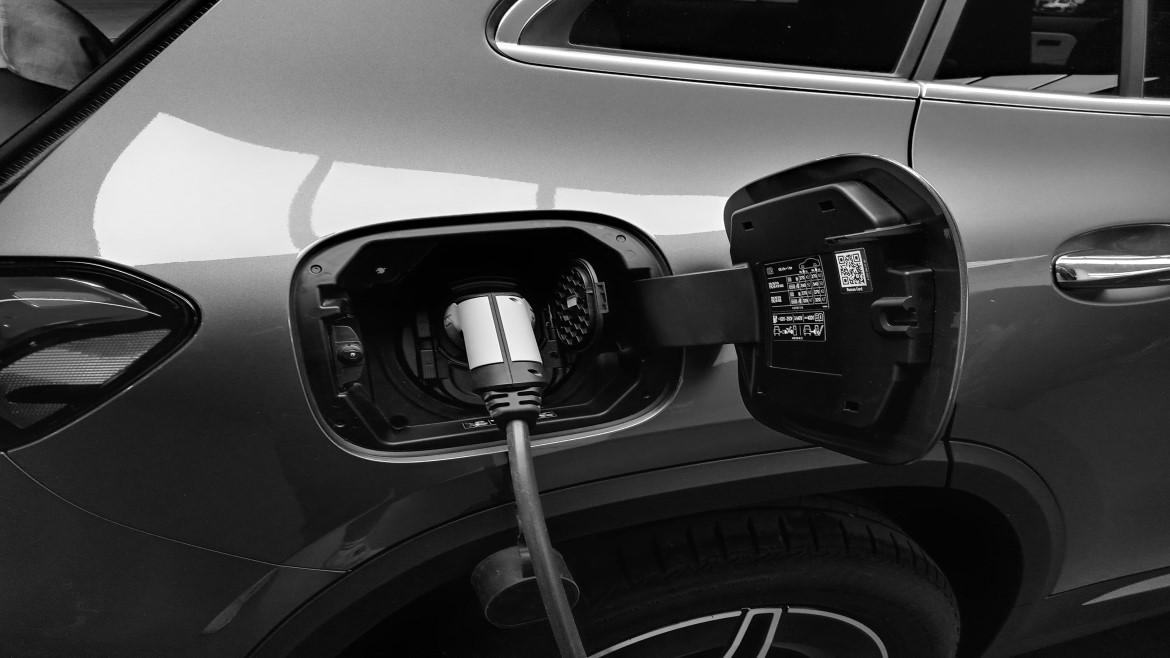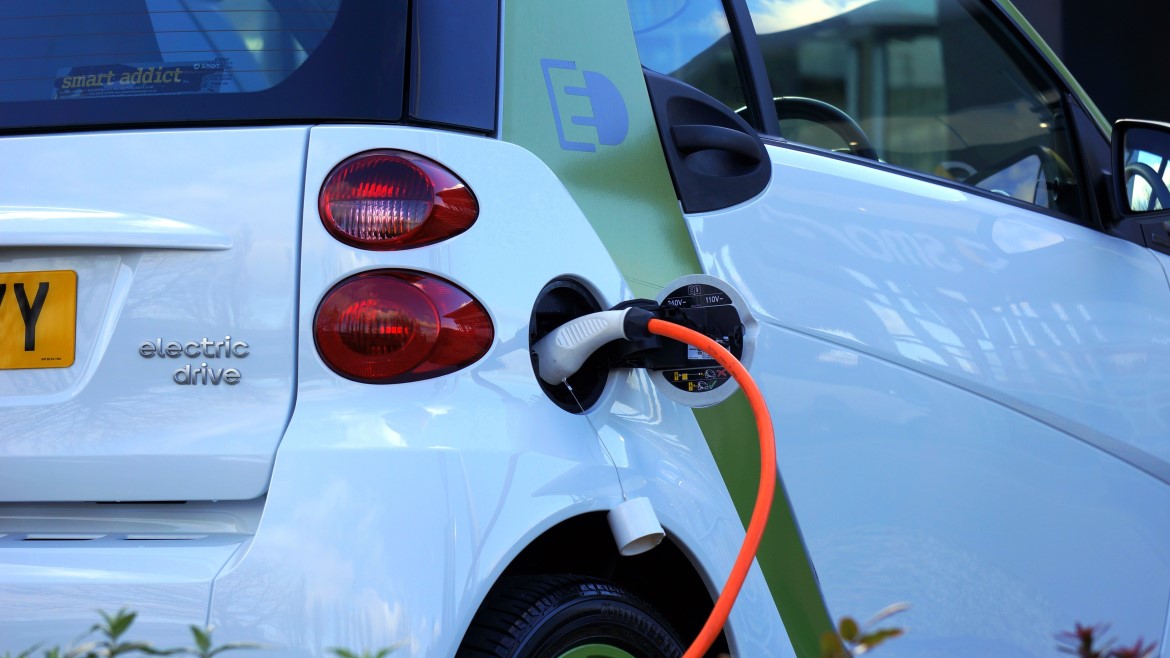Jun 23, 2024
Posted by Michael Gahagan, Technology Manager - Driveline
At an event in April 2024, Lubrizol’s e-Axle Technology Development Manager, Michael Gahagan, presented a webinar titled “All-In-One e-Fluid Technology to Cool Inverter, e-Motor and Provide EV Gear Lubrication” for the Charged EV virtual conference. You can view the entire webinar here.
There were a number of questions and responses from this webinar, which are summarized below. For clarity and compliance, certain questions have been edited, and others have been combined that focused on similar areas of interest.
If you have any questions about Lubrizol’s Evogen™ Driveline e-fluids, feel free to reach out to our team.
Why is the inverter cooled with a heat sink instead of immersion cooled?
Did you consider the eventuality of direct-cooled inverter (with no heat sink at all)?
What we have observed is that the use of a heat sink with the inverter along with immersed cooling of the heat sink provides very effective cooling performance. Metal is an excellent heat conductor. The heat sink is very effective at dispersing the concentrated heat generated by the inverter electronics. Simultaneously, the heat sink is immersed in the fluid, and that provides the additional cooling benefit.
What would be the effect of using these fluids at high altitude? Is there an oil-cooling fluid designed for this?
We don’t see altitude as a factor that significantly changes the requirements of the fluid, and it should not affect the fluid adversely. For extreme altitude applications, we would recommend suitable testing that mimics the conditions of interest before using outside-of-normal fluid working parameters.
For OEM-specific vehicle performance such as EV racing championships, are there noticeable changes in fluid requirements and is it possible to test oil cooling performance?
There are actually advantages to considering a fluid for more extreme applications such as racing. Unlike “real world” applications that demand extended drain intervals or “fill for life” performance of the fluid, in racing, you can engineer a fluid that meets strict performance requirements knowing that fluid changes are not a constraint. Based on our testing and analysis, we are very confident that our fluids would be well-suited for these applications.
What is the life of a Driveline e-Fluid? After how many hours/kms would the e-fluid need to be changed?
What is the expected service life of the e-fluid? Will the customer ever have to flush and replace the fluid and at what mileage/hour interval?
Our intent is to design our fluids as fill-for-life fluids for passenger car EVs. We formulate our fluids with an optimized additive package and high-quality base oil system to ensure the fluid lasts sufficiently long. At the same time, the fluid does not operate alone; fluid life is also impacted by the hardware design. Consequently, we would always defer to the OEM recommendation for fluid drain intervals. For the longer miles accumulated by commercial vehicles, OEMs may set drain intervals depending on make and service.
How is oil cooling performance impacted at lower cooling temperatures where the environment has harsher cold temperatures?
How does the viscosity vs temperature of the e-fluid affect the system?
With lower temperatures, the key consideration is fluid viscosity. In extreme lower temperatures, the risk is that the temperature regime would get so low that the oil would become very viscous. If the unit heated up very rapidly, would the oil respond sufficiently?
For our fluids, we have measured low-temperature performance and studied the results to ensure that our fluids will flow sufficiently in colder applications.
What is the effect of the base oil in the fluid formulation and how do you choose a base oil for optimal heat transfer properties?
Have you also considered Group V fluids?
Our formulations tend to use Group IV base oils due to their wide availability and performance. It’s also possible to formulate these fluids with Group III and select Group II base oils as well, validated with a performance assessment. Certain Group V base oils would need to be assessed on an individual basis.
What further improvements can you make to the e-fluid? What performance would you like to enhance in the future?
An enhancement that we are pursuing is lower viscosity fluids. Our current fluids at their current viscosity are very effective at both cooling and protecting hardware. We are excited by the potential that lower viscosity fluids might bring to improved cooling and overall system efficiency.
What is the impact on the required pumping power compared to other cooling methods such as water glycol?
An e-fluid formulated with a base oil is more viscous than water glycol, and consequently it requires higher pumping power. However, the design of the overall system is less complex than that of indirect cooling with water glycol, and so some of that additional pumping power is gained back. Based on our studies, the required pumping power is comfortably within the range of appropriate pumps, and there’s no need to change to a different pump.
Can metallic debris from the transmission be carried towards the winding? Can this affect the electromagnetic performance of the motor?
It’s an understandable concern, and this helps emphasize the need for strong wear protection performance from the fluid. E-axle fluids must effectively both cool and protect, and the advantage of a fully formulated fluid with additive chemistries is that it can be tailored to achieve both requirements effectively.
Is an oil filter necessary, since the oil is used for both cooling and lubrication?
Yes, it would be advisable to use an oil filter because the fluid is doing both tasks. When a fluid is exposed to electrical components such as windings and power electronics, it would make sense to use a filter, whether that fluid is used for lubrication of other components or not.
Do you have H2 fuel cell applications for these fluids?
In practice, the power source is independent of the driveline assembly—whether that be the battery assembly in an EV or the fuel cell. Assuming the hardware assembly design is similar, (e-axle, inverter, transmission), these fluids would likely meet the requirements.
How do your e-axle oils compare to the other various driveline oils out there in the industry from specific OEMs?
Currently, the driveline oils from major OEMs meet requirements that effectively protect hardware but do not account for the cooling requirements of the e-driveline design. We have had our fluids described as “best in class” for e-axle applications. We’d attribute this to the fact that our fluids were designed and engineered to meet the specific needs of this newer application.









